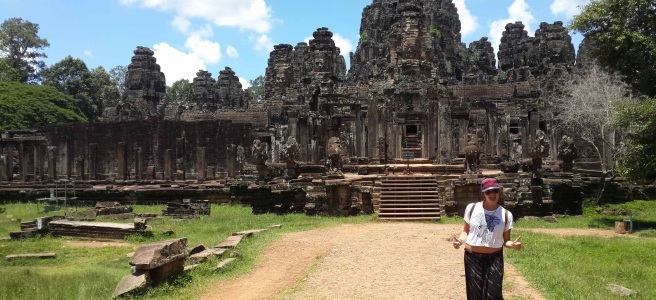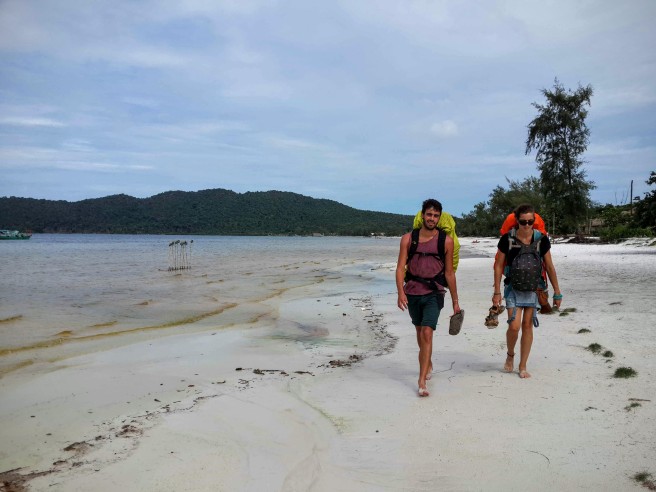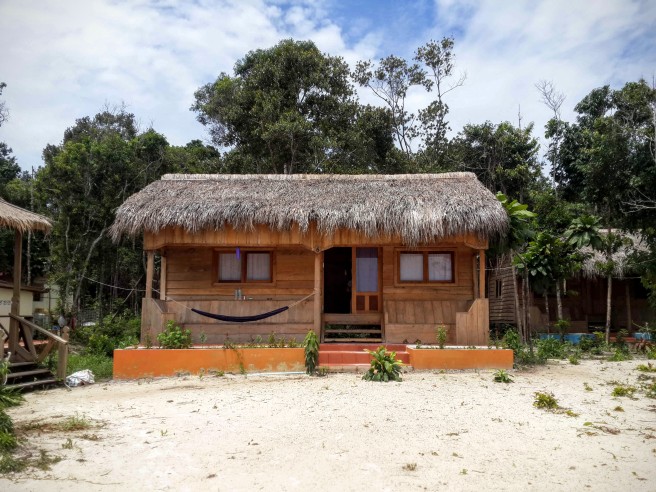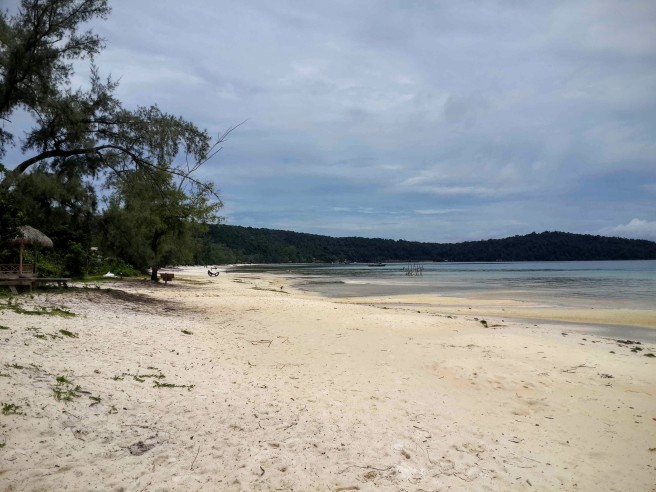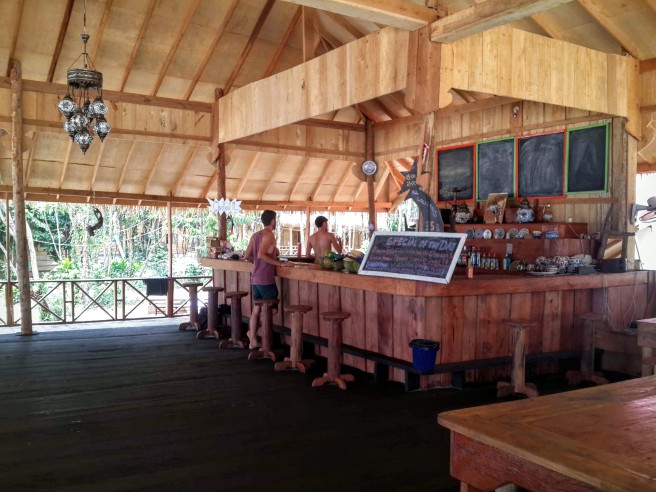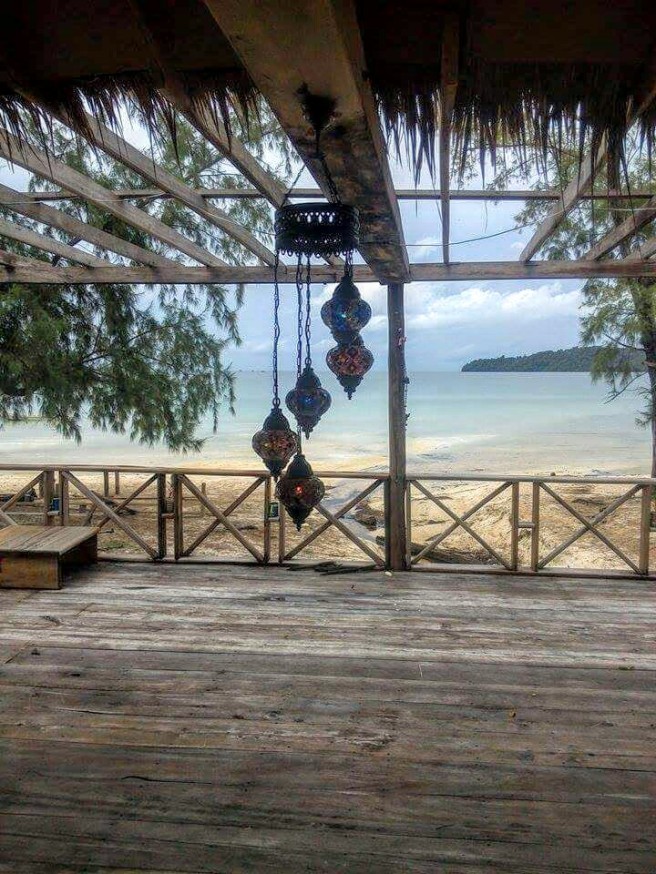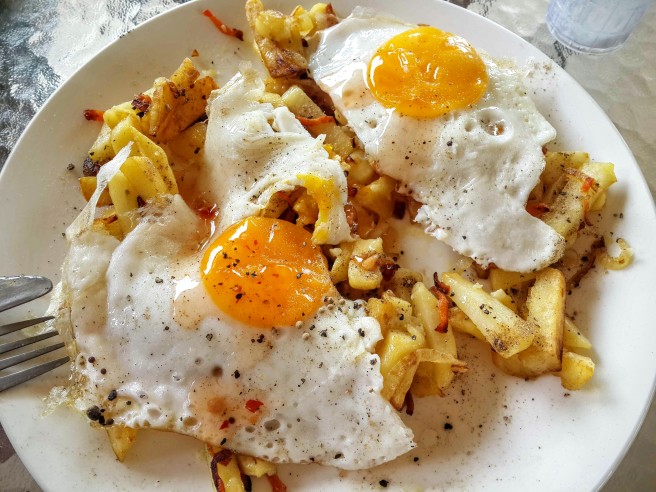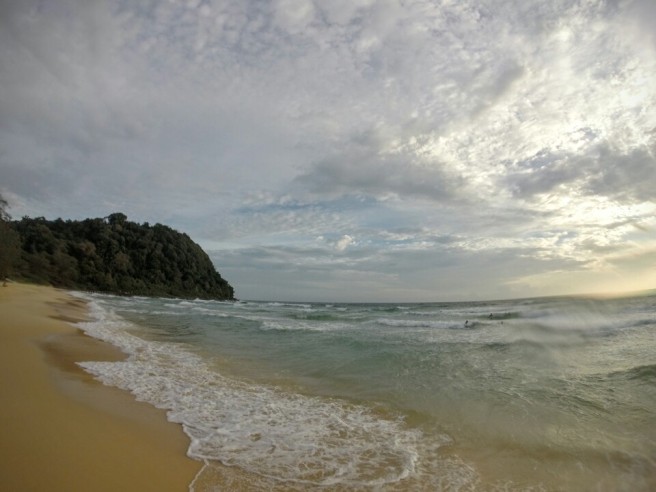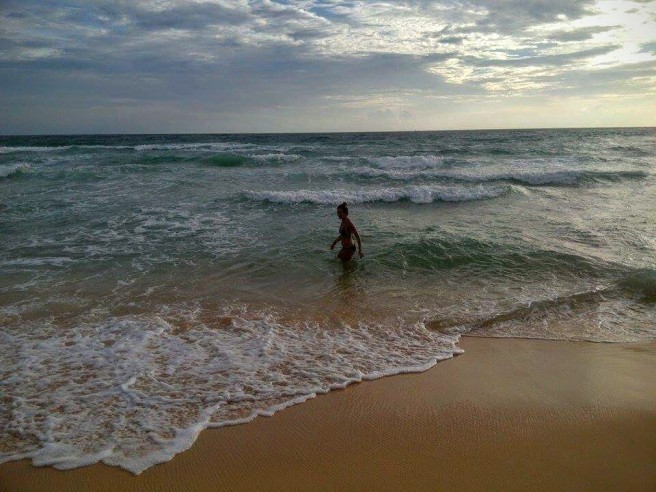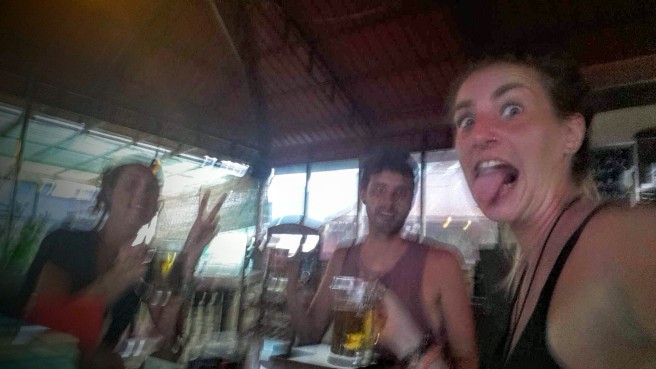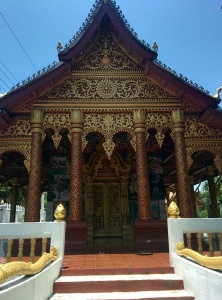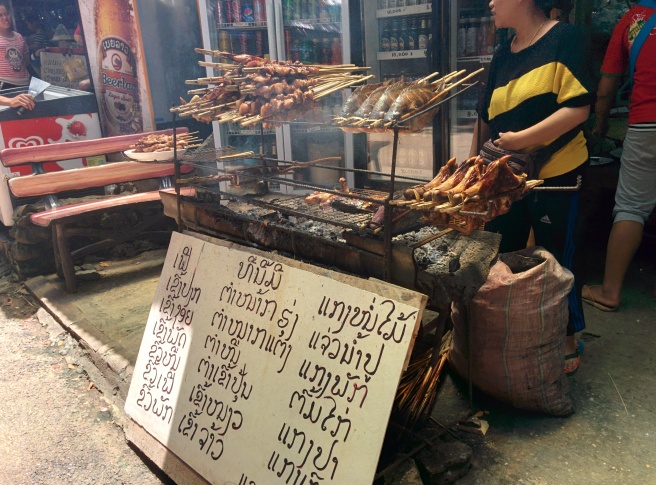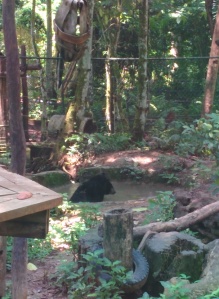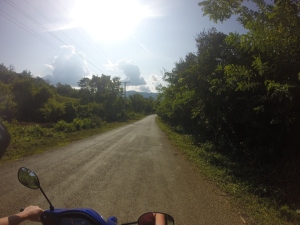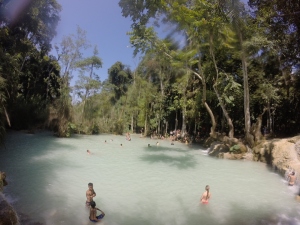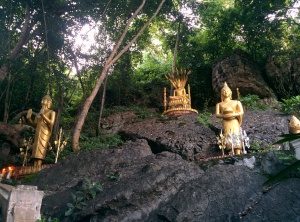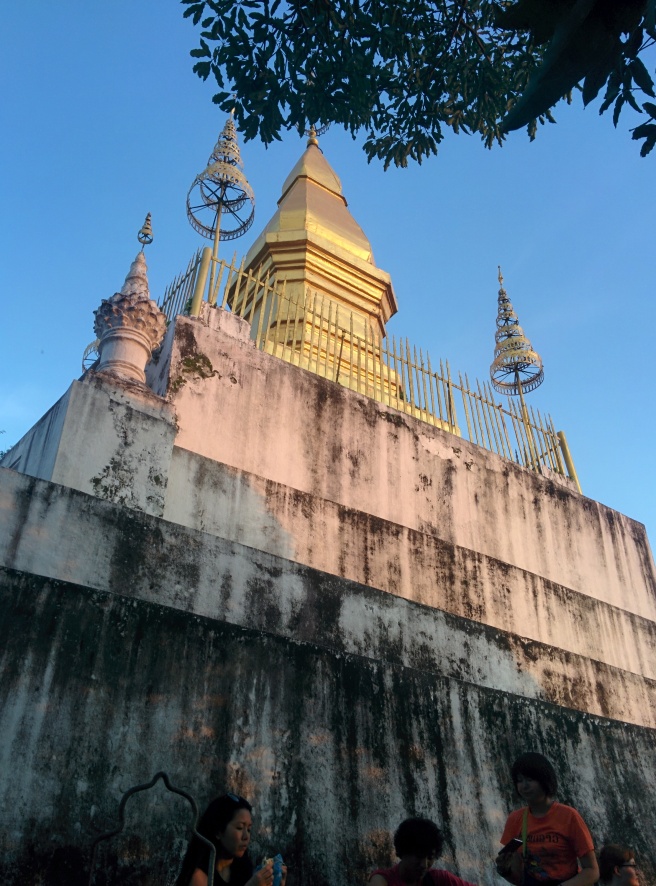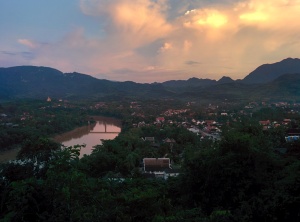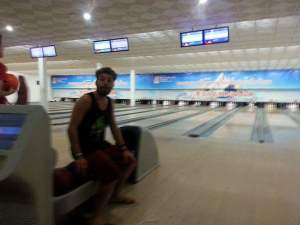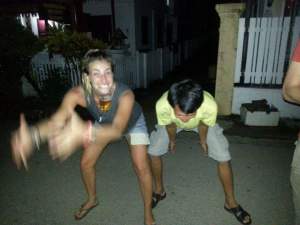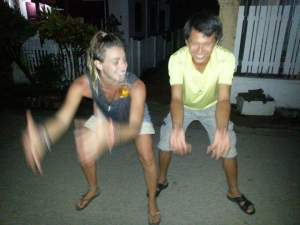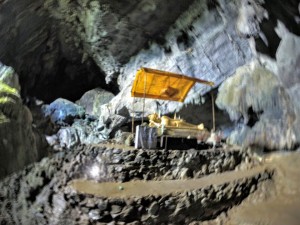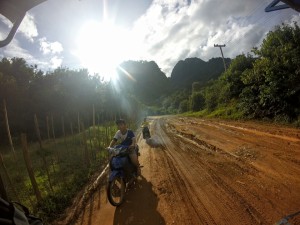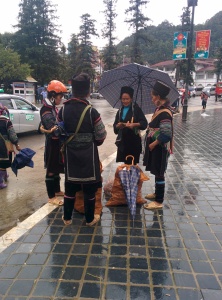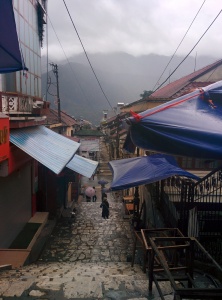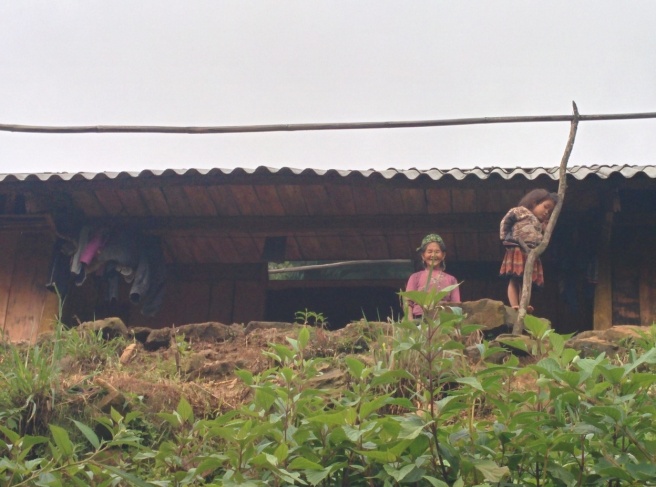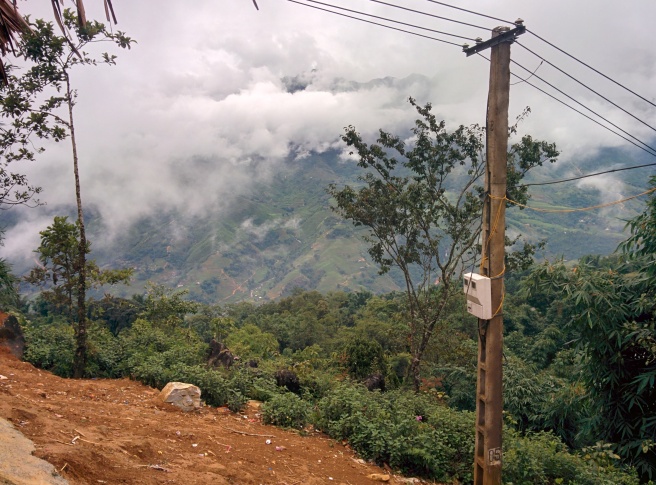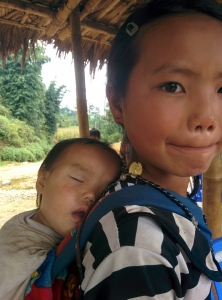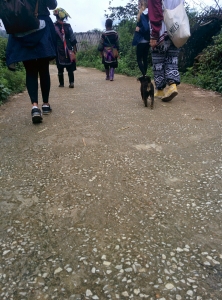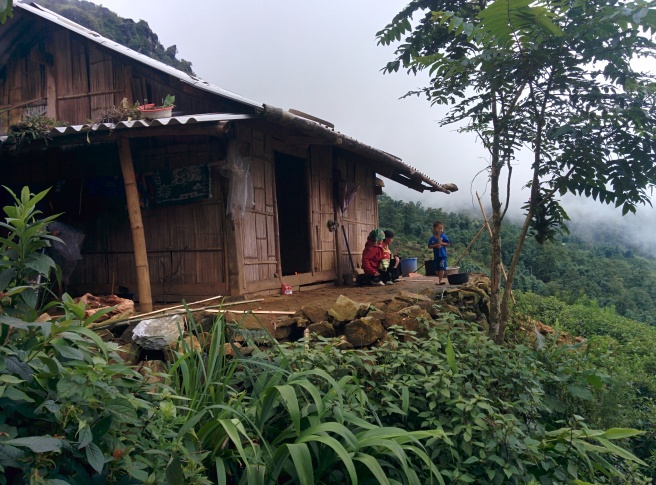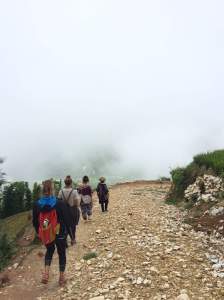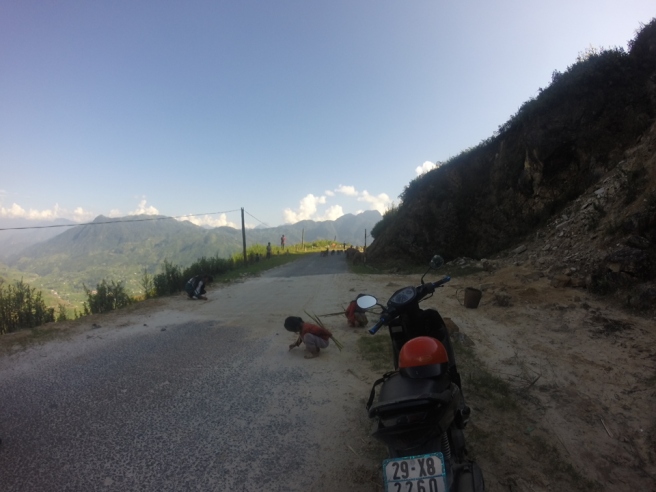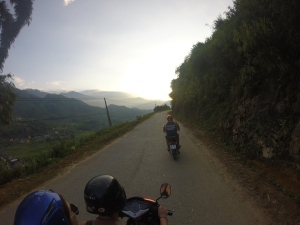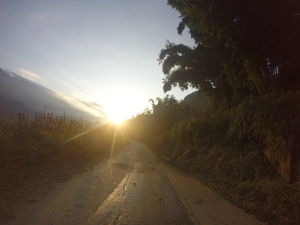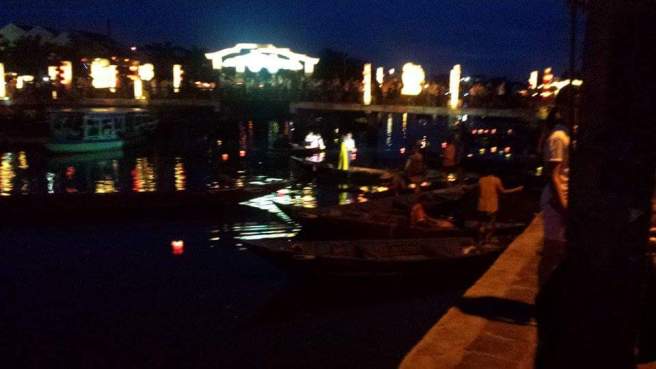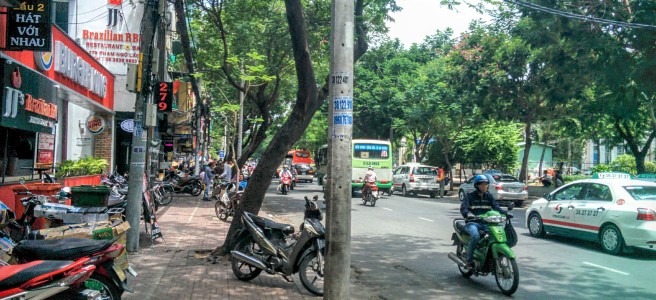Half a year has already passed since I embarked on this crazy beautiful adventure (it’s actually been more than 8 months but who’s counting?). I wrote a long-ish text when I hit my 6 month milestone, but I never published it. Although I’m unsure of why I never published it, I’m equally unsure of why I ever even wrote it in the first place.
When I started this blog, I had a vague idea of what I wanted it to convey, and what I wanted to convey through it. Exactly 3 months after leaving Montreal, I wrote my first “reflections” post as I was leaving Vietnam. While my other posts conveyed my everyday activities, this “reflections” post conveyed, well, my reflections. I had the idea at the back of my mind to write another reflections post when I hit my 6 month milestone, as it would conclude my hypothetical time allotted in Southeast Asia, and coincide with my hypothetical new start in Australia.
Fast forward 3 months later, and I’m in a small town in Myanmar at a local festival. I suddenly remembered my intended plan to be in Australia at this point, mostly because I thought I would have run out of money by now. And yet, here I was. What’s even funnier, the previous week I had booked and paid a deposit (read: I made the ultimate commitment) on a one month Yoga Teaching Training course in Rishikesh, in northern India, that would begin exactly one month from then.
So here I am with 3 weeks to kill before my course starts in India. My original plan had been to head to Sri Lanka from Myanmar, then to India, traveling from south to north and then heading to Nepal. If you look at a map, this is, geographically, a beautifully planned route. BUT, flights from Myanmar to Sri Lanka are expensive! And flights from Sri Lanka to northern India are expensive too! And if I start out in northern India, I’ll be so close to Nepal, so maybe it makes sense to get a multiple entry visa for India, so I can go to Nepal, then come back to India and go south… My head was swarming with options.
Eventually I decided my best option (read: the cheapest option) was to take an overnight bus to Bangkok and fly wherever from there, since flights were a quarter of the prices in Myanmar. Then I had the feeling that I didn’t want to go to Sri Lanka. But I did want to go to Sri Lanka. Eventually, I realized that it wasn’t that I didn’t want to go to Sri Lanka, it was more that I didn’t want to go anywhere. After 6 months on the go, the idea of staying in one place for 3 weeks was becoming more and more alluring. So off to Bangkok I went, and just like that, 3 weeks passed by with the blink of an eye.
So where’s the reflection in all this? Right. I guess my point is that sometimes things don’t go according to plan, and that’s OK. That’s life. Before leaving Montreal I had a vague idea (or rather a glimmer of hope) of what this journey of mine would look like. The more time passed, the more I was noticing how much more often I was tweaking my plans as I was going along. I learned to plan ahead a bit less, and to really trust my instinct and focus on the present.
So I’ve scrapped that text I wrote at my 6 month milestone, and instead I am sharing this with you. Likewise, I am (figuratively) scrapping my original plans, and instead I will continue to go with the flow, and let the universe handle the details.
Breathe, be, and live.
Be the most beautiful version of you.
Never give up. Always let go.
You are a radiating ball of love.
– Mellow Yellow


